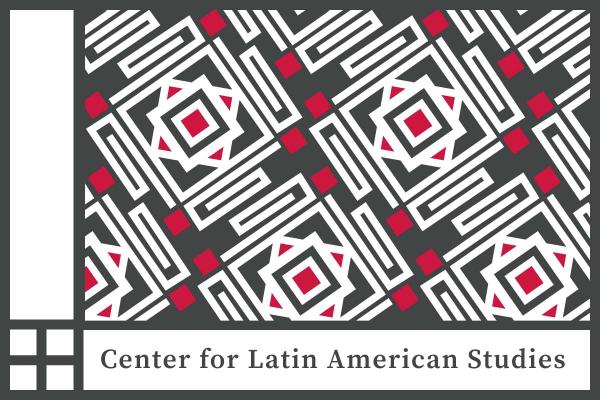
Join CLAS and our visiting scholar Kati Brownshire for a hybrid lecture on Hispanic Linguistics, and how semantics influences grammaticalization. Please find the abstract and Kati's bio below. If you're joining us on Zoom, please register in the link at the end of this page.
Abstract
Verbs with broad semantic meanings are known to be especially susceptible to semantic bleaching in comparison to verbs with more specific meanings. The current research examines the effect of semantic weight on the trajectories of change of three temporal constructions containing the verbs hacer (1), llevar (2) and tener (3) in Mexican Spanish.
- hace mucho tiempo que no vivo ahí
- llevan bastantes años ahí viviendo
- yo tengo poquito tiempo viviendo acá donde vivo
Following Variationist methodology, 481 incidences of temporal constructions from the Corpus Sociolingüístico de la Ciudad de México (Butragueño & Lastra, 2011) were coded for factors associated with grammaticalization, with the aim of identifying the degree of grammaticalization of each construction, as well as each construction’s distinct grammaticalization path. As predicted by previous research (Herce, 2017a, 2017b; Howe, 2011; Ongay González, 2017), the oldest temporal construction, the hacer construction, is found to be the most grammaticalized. Despite having emerged around the same time, the llevar construction appears to resist grammaticalization while the tener construction shows evidence of beginning along a similar grammaticalization path to that of the hacer construction. These results suggest that a broader initial semantic meaning like that of hacer and tener may lead to a quicker and more complete process of grammaticalization, while a more specific initial semantic meaning like that of llevar may lead to slower and more fragmented grammaticalization.
Bio
Katharine Brownshire is a current doctoral student in Linguistics at the Universidad Autónoma de Querétaro in Mexico. Her dissertation topic is the variation between temporal constructions containing the verbs hacer, llevar, and tener in Mexican and peninsular Spanish. Her areas of expertise include Sociolinguistics, Variation and Change, Grammaticalization, and Temporal Verb Constructions.
